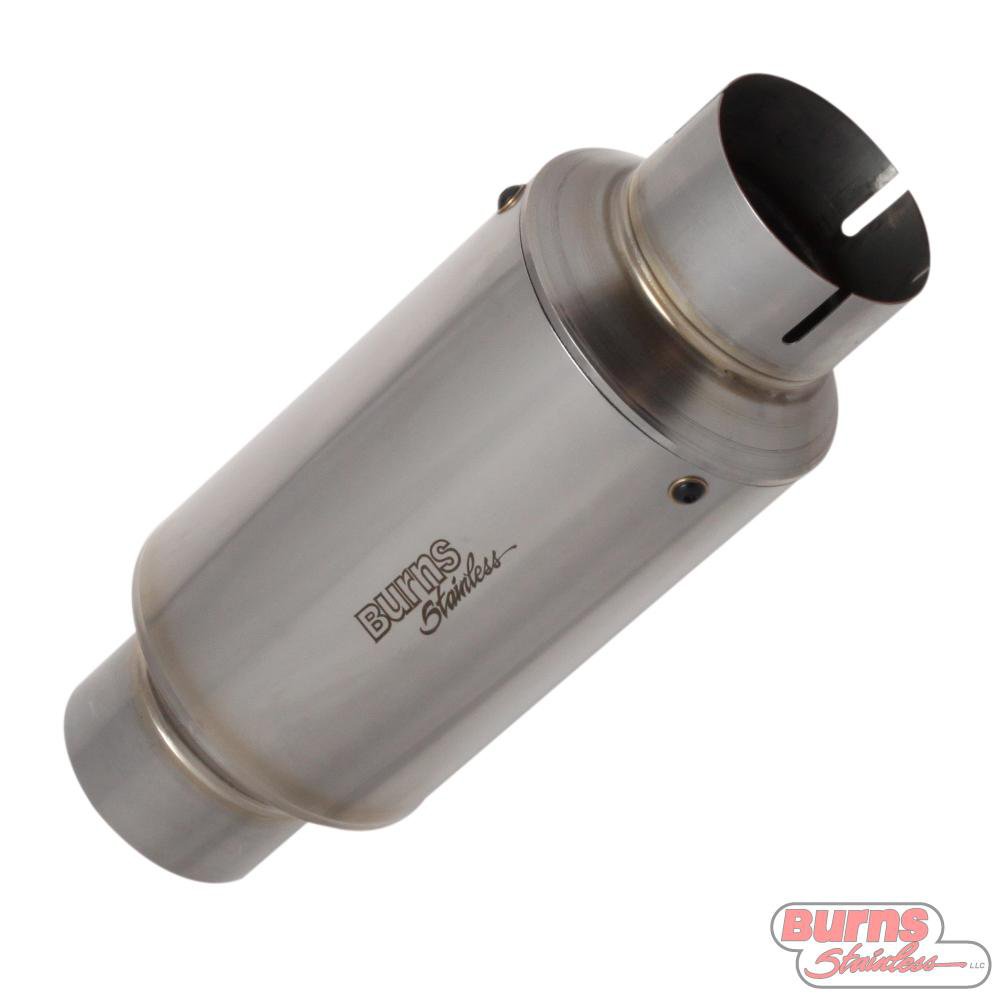What do, early luxury automobiles, natural gas, prohibition and Stainless Steel have in common?
In 1912, 55 year old Elwood Haynes is working in his dark and hot laboratory in Kokomo, Indiana developing a new corrosion-resistant metal for the growing automotive market. Mixing different materials with iron he was looking to create a strong and light weight alloy impervious to corrosion and can endure high temperatures. The furnaces were blazing with Tungsten, chromium, steel and iron. Getting the mixture right can be a game-changer for Elwood.
Decades earlier, during his career as a field superintendent in the booming Indian natural gas industry of the late 1880’s, Elwood oversaw the construction of the first long-distance natural gas pipeline in America, connecting Chicago with the Trenton Gas Field 150 miles away.

Always the entrepreneur and inventor, Elwood successfully test drove his first car the “Pioneer” on July 4th 1896. He formed a partnership with the Apperson boys to start a production line of automobiles. Two new Haynes-Apperson models were designed and the workforce expanded as production increased. Haynes-Apperson ran advertisements in area newspapers and demonstrated cars at county fairs and other exhibitions. Demand for the vehicles grew rapidly from five cars produced in 1898 to thirty in 1899, 192 in 1900, and 240 in 1901. Haynes-Apperson automobiles were known for their long-distance running capability and luxury appointments. The company significant publicity was the sale of a car to Dr. Ashley A. Webber in New York City. Webber refused to buy any car unless the seller could prove the car's endurance

by driving it to his home. Haynes and Edgar Apperson readily agreed to the demand and drove the car from Kokomo to Webber's New York home, the first time ANY automobile traveled over 1,000 miles. Haynes became recognized as the “Father of the Automobile”. Haynes Automobile was the first to build a car with a roof, windshield, headlights and a speedometer on each vehicle. He passed the day-to-day business to Victor Minich to continue his metallurgy research.
Elwood Haynes was an outspoken advocate for Prohibition with substantial donations to the Prohibition Party and Indiana’s prohibitionist leader Frank Hanly. Elwood ran an unsuccessful campaign for U.S. Senate in 1916.
Haynes continued his research into producing corrosion resistant metals. While workin on alloys for use in spark plugs, he created a metal he named Stellite. Stellite is a range of cobalt-chromium alloys designed for wear resistance. He was able to patent his Stellite in 1912. He continued experimenting with alloys which brings us back to his dark, hot laboratory. After mixing Tungsten, chromium, steel and iron he applied for another patent he called “stainless steel”, now known as martensitic stainless steel. It wasn’t until he could show examples of the stainlessness of this alloy using exact proportions did the patent office grant his request in 1913. Around the same time, a British metallurgist Harry Brearley independently produced an identical alloy and applied for an American patent when he found that Haynes beat him to the punch. The two ended up collaborating and sold the patent to American Stainless Steel Company in 1918. The transaction allowed Haynes to amass a fortune.
Before his death from congestive heart failure after a bout of influenza in 1925, he created and supported many christian charitable organizations. During the recession in the early 1920’s he used his personal savings to help save the automobile company, but with out the dealerships like Ford and GM had, he couldn’t sustain it and liquidated the company in early 1925.











